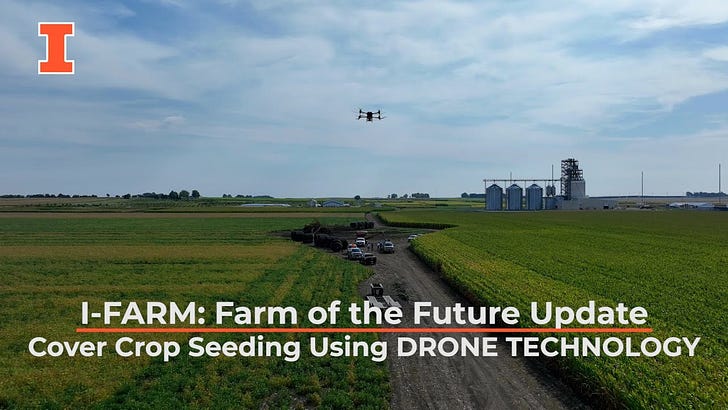Drone Seeding Cover Crops
Across heavily-tilled North America this week, skies are filled with dust pulled up by heavy winds. It’s heartbreaking to watch soils lost as a result.
When fields blow, just like when heavy rain causes water runoff, the soil never comes back to that field. Over time, the topsoil deteriorates not only in volume, but in quality.
Farmers realize that soil erosion also deteriorates the value of their most important production asset, but the alternatives to heavy tillage and other common soil-damaging practices are poorly understood, and fraught with half-truths that prevent their adoption. For example, it’s partially true that winter comes too early to get a cover crop established in the Northern Plains after harvesting the spring crop and before winter, but that doesn’t make it impossible.
Enter: Drone Seeding
Drone seeding of cover crops is starting to take hold, and if the photos that farmers are posting online are any indication, it’s working well to establish cover within a growing cash crop. The solution comes in enabling planting in July/August, extending the fall cover crop growing season by a month or two.
Let’s look at some common concerns and frequently-asked questions about drone applications.
Keep reading with a 7-day free trial
Subscribe to Prairie Routes Research to keep reading this post and get 7 days of free access to the full post archives.



